Car Ignition System: Components and Functions Unveiled
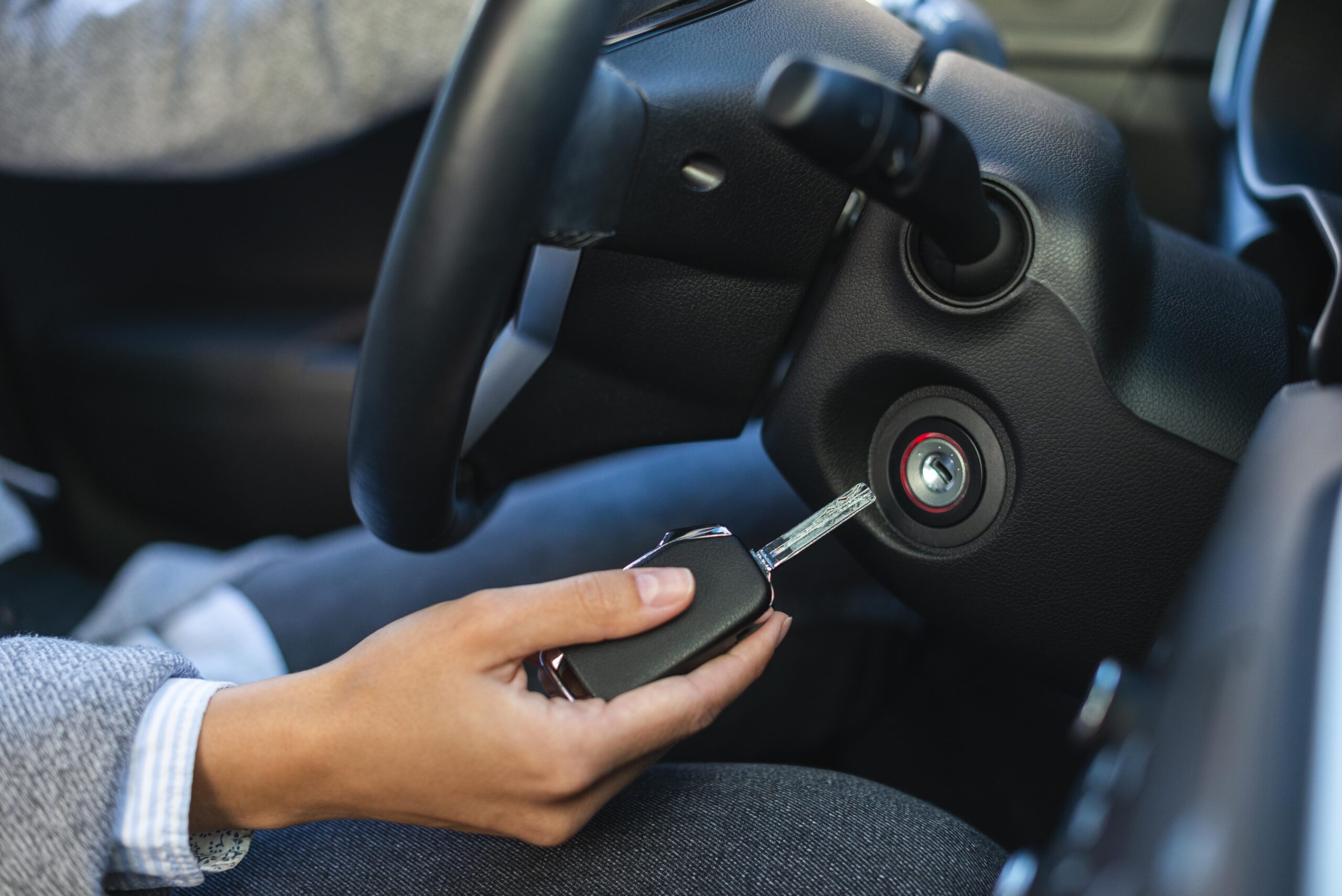
The ignition system is the lifeblood of any combustion engine, causing the controlled explosion that propels your vehicle forward. While it may appear to be magic, the car ignition system works by carefully orchestrating a series of components, each with its function. In this post, we will look at the ignition system, its components, and how they all work together to ignite the fuel-air mixture and power your car.
Function of The Ignition System Overview:
- The ignition system’s primary duty is to produce a high-voltage spark at the appropriate time. This spark ignites the compressed air-fuel combination within the engine’s cylinders. The procedure is required to start combustion, which propels the engine’s pistons and moves the car forward.
Components of the Ignition System:
a. Battery:
The car battery serves as the power source for the ignition system. It supplies electrical energy to the system, ensuring that there’s sufficient voltage to generate the spark.
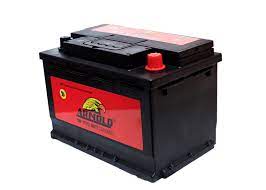
b. Ignition Switch:
The ignition switch is the gateway to the ignition system. It lets the driver start and stop the engine by regulating the flow of current from the battery to the ignition system.
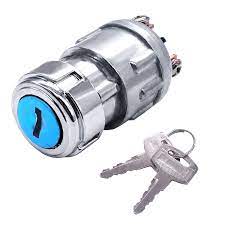
c. Ignition Coil:
The ignition coil is a critical component that converts the battery’s low-voltage electrical energy into the high-voltage pulses required to generate the spark. It operates as an electrical transformer, increasing the voltage to thousands of volts.
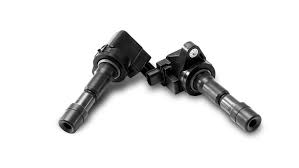
d. Distributor (or Ignition Module):
In older ignition systems, the distributor is the central hub that distributes high-voltage power to each spark plug in the proper firing order. For more exact timing, modern engines use electronic ignition modules or coil-on-plug systems instead of traditional distributors.
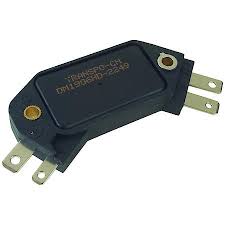
e. Spark Plugs:
Spark plugs are the final link in the ignition system chain. They are positioned within each cylinder and receive high-voltage electrical pulses from the ignition coil or module. The spark plugs then create the spark, which ignites the air-fuel mixture.
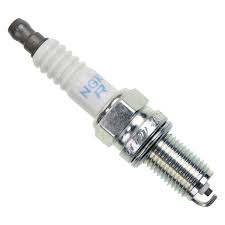
Functionality and Interconnection:
The ignition system components work together in a carefully coordinated sequence to ensure proper engine operation:
-
- When the ignition switch is turned on, electrical current flows from the battery to the ignition coil.
- The ignition coil converts this low-voltage electricity into high-voltage pulses, which are then transmitted to the distributor or ignition module.
- The distributor (or module) precisely distributes these high-voltage pulses to each spark plug at the optimal moment in the engine’s combustion cycle.
- Finally, the spark plugs receive electrical energy and produce sparks across their electrodes, which ignite the compressed air-fuel mixture within the engine cylinders.
- This combustion process repeats continuously, powering the engine and propelling the vehicle forward.
The car ignition system is a wonder of engineering, perfectly combining electrical and mechanical components to ignite the fuel-air mixture and keep your vehicle operating smoothly. Understanding its components and functions is essential for diagnosing and troubleshooting ignition-related issues. By understanding the intricacies of the ignition system, car owners can better maintain their vehicles and ensure optimal performance on the road.
Image Credits: Image From Google and FreePik.






